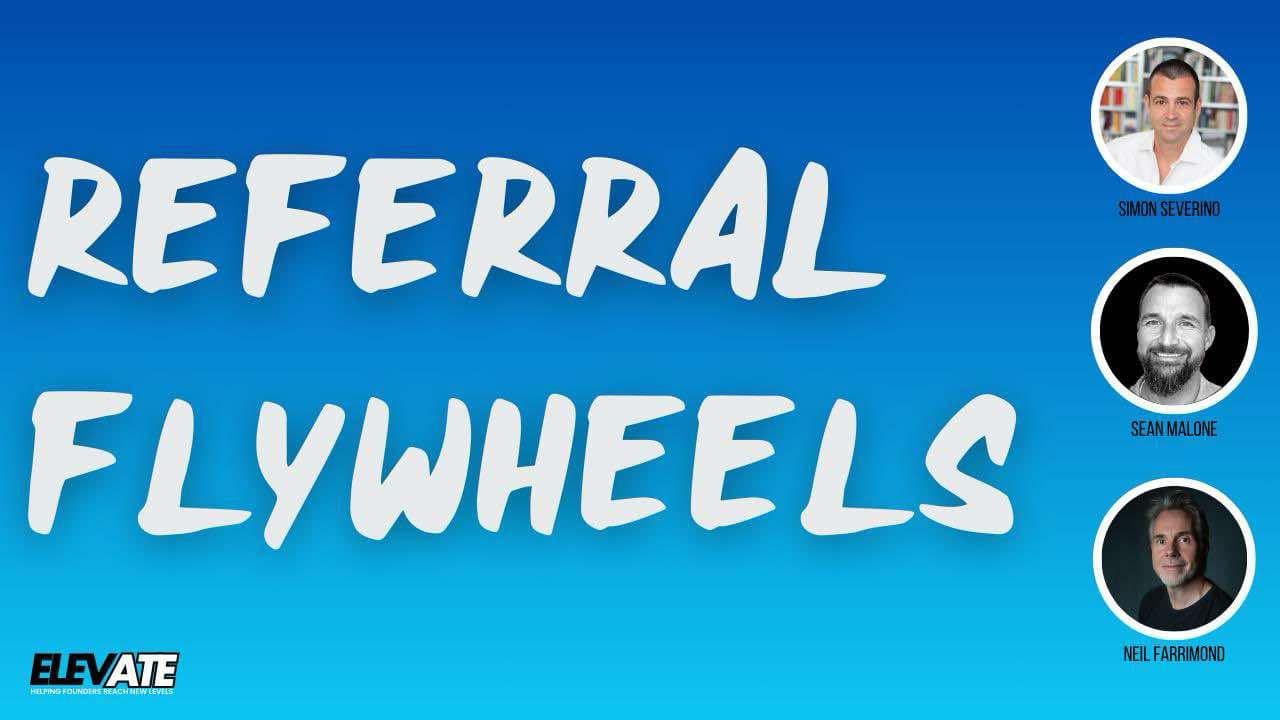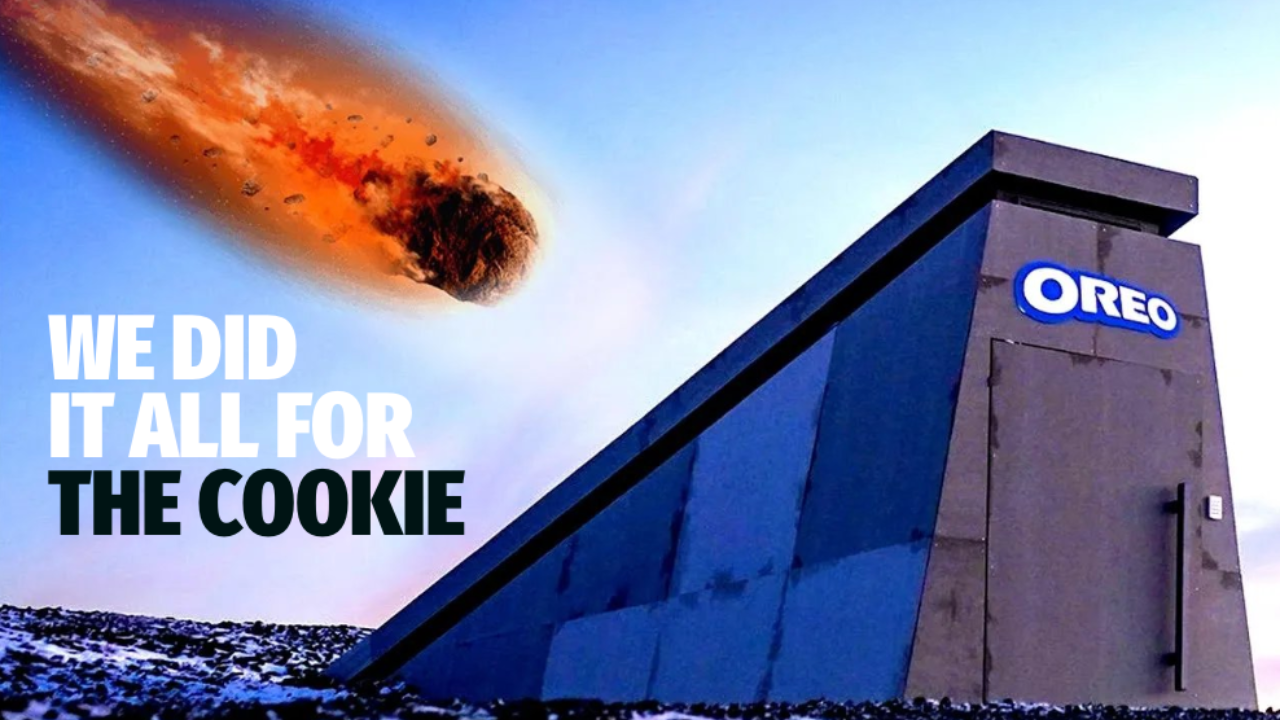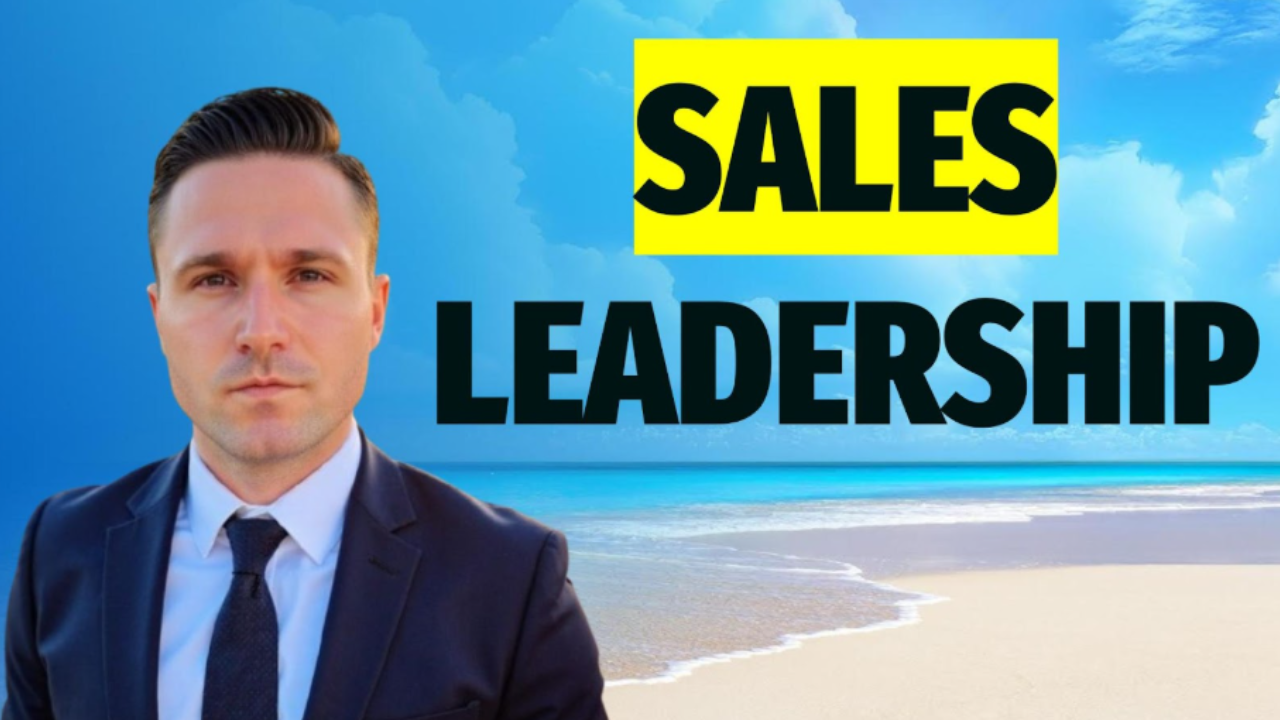
From Funnels to Orbits – The Future of Business Growth
Traditional sales funnels are outdated. Instead of forcing prospects through a rigid path, the most successful brands create an orbit—a dynamic ecosystem that naturally attracts, engages, and retains customers across multiple touchpoints. Let’s dive into a scalable strategy that will transform your business growth model from linear to magnetic.
Why Orbits Outperform Funnels
Funnels push customers through a set journey. Orbits, on the other hand, create an ongoing cycle of engagement. Think about the brands you consistently interact with—they appear in your social feeds, through content, podcasts, newsletters, and more. This multi-platform presence strengthens brand loyalty and keeps audiences within your gravitational pull.
Key differences:
- Funnels – Linear, transactional, focused on short-term conversions.
- Orbits – Multi-channel, relational, designed for long-term engagement and brand affinity.
Building Your Brand’s Orbit
Your orbit is powered by multiple entry points. The more ways people can engage with you, the stronger your business’s gravitational pull.
Mass & Entry Points
Every content format acts as a new entry point, giving people different ways to discover and interact with your brand. Major brands like Nike dominate because they offer multiple access points—social media, retail stores, influencer partnerships, mobile apps, and events.
Here’s how to apply this strategy:
- Owned Media – Blogs, newsletters, and YouTube content establish thought leadership.
- Earned Media – Guest podcasts, interviews, and press features build credibility.
- Social & Community – LinkedIn, Twitter, and private groups foster direct engagement.
- Products & Lead Magnets – Free guides, courses, and digital tools create deeper connections.
The key? The more entry points you create, the wider your reach and influence.
Start Small, Scale Smart
The mistake many entrepreneurs make is trying to implement everything at once. Instead, follow this phased approach:
1. Master One Core Strategy – Choose a high-impact channel (e.g., direct sales, LinkedIn, or webinars) and refine it until it generates consistent revenue.
2. Introduce New Entry Points Gradually – Add a lead magnet, start a podcast, or build an email list to expand your ecosystem.
3. Leverage Omnipresence – Once you have momentum, repurpose content across multiple platforms to stay top-of-mind effortlessly.
By stacking strategies systematically, you’ll create sustainable, compounding growth.
Sustainable Growth Model
A well-built orbit ensures long-term success. Instead of chasing trends or relying on one-time launches, you create a self-sustaining system where customers enter, engage, and stay connected over time.
Key Actions for Your Next Steps:
- Identify your strongest platform – Where does your audience engage the most?
- Optimize one core strategy – Perfect before expanding.
- Expand your orbit strategically – Leverage content, partnerships, and community engagement to build a powerful brand ecosystem.
The most successful businesses aren’t pushing people through funnels—they’re drawing them into an orbit. The brands that win create touchpoints everywhere, allowing customers to engage naturally. Instead of chasing every new tactic, focus on creating a business that attracts, nurtures, and retains customers through an ever-expanding gravitational pull.
Start small. Build intentionally. Expand strategically.
⛑️Need help with sales?
👋Book a time to talk
🎉Join our free community
🍿Watch the sales show and the investing show
Get our expert sales tips delivered
By submitting you agree to receive our weekly Strategy Sprints Newsletter as well as other promotional emails from Strategy Sprints. You may withdraw your consent at any time via the “Unsubscribe” link in any email or view our privacy policy at ant time.










